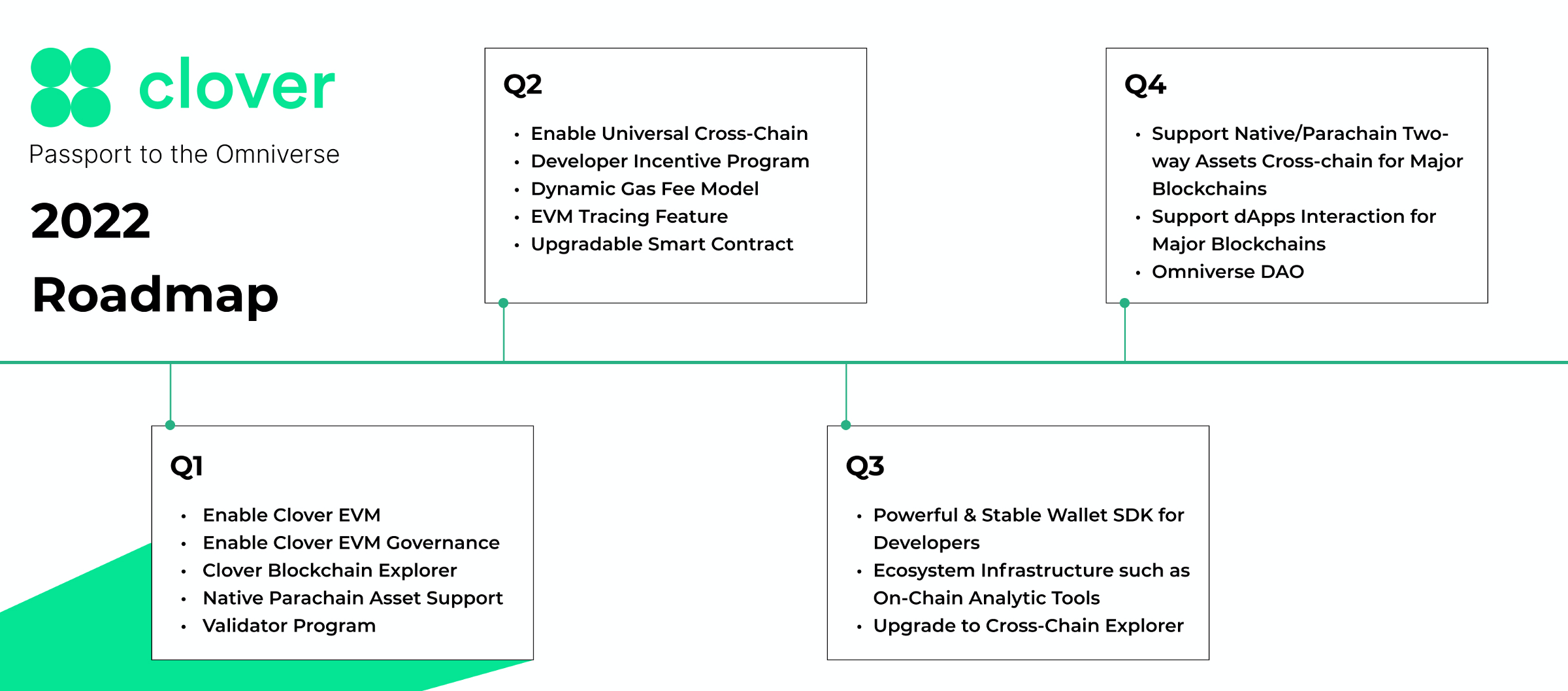Overview
To launch on Polkadot, projects must bid in an auction to secure a slot on the Polkadot network. The first batch of auctions has been completed as of December 18th, 2022 and the winning projects are (in no particiular order) Acala, Clover, Moonbeam, Astar, and Parallel.
These projects are each given their own parachain to do whatever they deem valuable. Each parachain is currently producing blocks, but the projects have their own launch timelines to test and integrate with the parachain.
For each project, I'll attempt to give a quick summary so readers know what the general idea is. I'll also try to provide what the "sister project" is, that is, the equivalent of the project launched on Kusama, which is a canary environment used to test projects and features before they go to Polkadot. In my opinion, this is one of the best ways to get a feel for each project.
It's also worth mentioning that the majority of these projects are smart contract platforms for others to build on top. Each of these platforms attempts to differentiate themselves in some way, which I try to point out.
This write-up is not for or against any project, just rather giving a quick summary of each.
Acala
Acala is an EVM compatible smart contract platform with ready-made financial applications. Most notably, these ready-made financial applications include a DEX and a stablecoin (called aUSD).
Acala was the first project to win an auction and has one of the biggest communities behind it.
The sister project for Acala is Karura which has already launched on Kusama. On the Karura dashboard, we see the following features:
- Minting a stablecoin
- Cross chain bridge
- Staking
- Decentralized Exchange
- Governance
We can expect a similar experience on Acala.
Acala describes its launch process in this medium article from the team. In the medium article, the team provide a roadmap link, as well as a very informative YouTube video that goes over this roadmap. I highly recommend this video for anyone who wants an in-depth look at the Acala roll out.
Moonbeam
Moonbeam is a smart contract platform that is EVM compatible. The project focuses purely on smart contract execution and aims to provide a very competitive blockchain for dApps to launch on. Moonbeam has the benefit of mirroring the base set of features from Ethereum, while also adding specific features on top of this base.
By mirroring the base set of features from Ethereum, this means that developers need to do very little to launch on Moonbeam, as all tools and integrations should work. For users, this means the same Metamask account will work for Moonbeam.
Additional features that the team have added include on-chain governance, staking, cross-chain integrations, and pub/sub capabilities for developers.
The Kusama equivalent of Moonbeam is Moonriver. It's the equivalent of Moonbeam, but running as its network on Kusama. There's a decent amount of activity on the network. To view the most active projects on Moonriver, see stateofthedapps.
The Moonbeam launch process is explained in detail in this post, where it's stated that the initial launch is set to be completed in February 2022.
Parallel
This project is unique within this list as it is not a smart contract platform for others to build in, rather Parallel is a specific set of products.
Parallel's whitepaper describes three specific products:
- A lending and borrowing protocol
- A staking protocol (DOT validator staking)
- An under collateralized lending market to help teams with capital for parachain auctions.
On top of this, Parallel already has a crowdloan product that provides a managed experience for users to contribute to a crowdloan. I cover how to use Parallel's crowdloan tool in this article. This crowdloan tool is decently popular, and currently rivals Binance in crowdloan contribution source.
The lending and borrowing protocol mentioned above is already live on Kusama, launched as Parallel Heiko.
From what I can tell, Parallel have not yet announced a timeline for their launch.
Clover
Also an EVM compatible blockchain, Clover aims to differentiate itself by focusing on cross-chain compatibility.
One way which Clover attempts to this is with the Clover wallet suite, which is a wallet which supports many chains including Polkadot, Kusama, EVM based chains, Solana, and various parachains. As someone who always switches between wallets, this is a nice convenience. The wallet also features NFT support.
The Clover wallet is a unique aspect of this project which is not seen amongst other projects in this list.
Another way in which Clover will attempt to deliver on cross-chain compatibility is by building out cross-chain transfers of EVM based assets between Clover and major blockchains.
Clover's 2022 roadmap is discussed by the Clover team in this post which discusses a gradual roll-out throughout 2022.

The sister project of Clover, Sakura, is not yet live and aims to launch on Kusama in 2022.
Astar
Astar is similar to other projects in this list in that it is an EVM compatible smart contract platform. The marketing material also mentions that Astar supports WebAssembly and Layer 2 solutions.
The biggest differentiator of Astar is the focus on supporting WebAssembly and Layer 2 solutions.
The Kusama equivalent of Astar is Shiden, which is currently live.
Astar also has a dApp hub which helps users manage their wallet balance, launch contracts, and stake tokens on various projects. This is only live for Shiden at the moment, but is expected to be a similar experience for the Astar network once it is live on Polkadot.
The native token of Astar is ASTR, which is used for transaction fees, on-chain governance, and staking.
The launch strategy for Astar is mentioned in this medium post by the team.